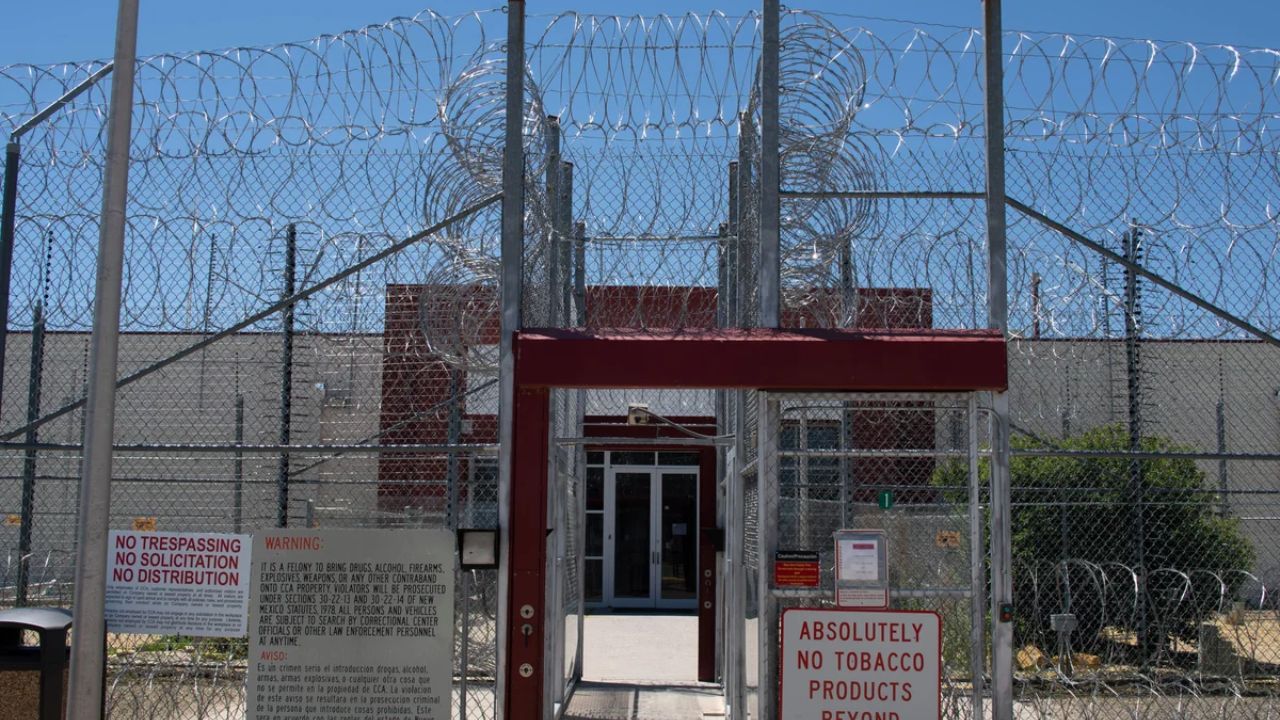Updated @ 2:33 AM EDT on August 18, 2025
Miami In addition to battering sections of the Caribbean, Hurricane Erin was predicted to produce deadly surf and rip currents throughout the U.S. East Coast this week.
As its outer bands battered the Virgin Islands and Puerto Rico late Sunday, it re-intensified to a Category 4 storm with maximum sustained winds of 130 mph (215 kph), according to the U.S. National Hurricane Center in Miami. Overnight into Monday, Erin was expected to bring tropical storm conditions over the southeast Bahamas and the Turks and Caicos Islands.
Erin was predicted to remain a huge, major storm throughout midweek, with further intensification predicted for Monday and then gradual weakening.
Tropical-storm-force winds spread outward up to 230 miles (370 km), while hurricane-force winds reached out to 60 miles (95 km) from the center. Over the next days, it is anticipated that the area of severe winds will continue to expand. Erin is not expected to make direct landfall, but at that size, it will affect coastal communities.
Hatteras Island in the Outer Banks, the narrow chain of low-lying barrier islands that protrude deep into the Atlantic, was ordered to evacuate starting Monday after Dare County, North Carolina, declared an emergency. Parts of N.C. Highway 12 that runs along the barrier islands may be washed out by many days of strong surf, strong gusts, and large waves, according to the National Weather Service.
Erin was approximately 965 miles (1,555 kilometers) south-southeast of Cape Hatteras, North Carolina, and 130 miles (205 kilometers) east-northeast of Grand Turk Island as of late Sunday. It was traveling at 12 mph (19 kph) northwest.
The first Atlantic hurricane of the year, Erin, weakened after reaching an extremely dangerous Category 5 status on Saturday with winds of 160 mph (260 kph). It is anticipated to continue to develop in size and strength over the coming days.
“A huge hurricane is affecting you. It varies in intensity. In any case, Richard Pasch of the National Hurricane Center stated that the hurricane is dangerous.
Throughout the day on Sunday, Erin’s outer bands dumped torrential rain and tropical-storm-force winds on portions of Puerto Rico and the Virgin Islands.
About 147,000 consumers lost power as a result, according to Luma Energy, a private organization in charge of the island’s electricity distribution and transmission. The weather forced the cancellation of over 20 flights. As the winds and rains subsided on Sunday, the Coast Guard permitted the reopening of all ports in Puerto Rico and the U.S. Virgin Islands.
Over the next few days, areas of the Virgin Islands, Puerto Rico, Hispaniola, and the Turks and Caicos were expected to have rough sea conditions. As Erin moves north and then northeast, life-threatening surf and rip currents were predicted for the Bahamas, Bermuda, the U.S. East Coast, and Canada’s Atlantic coast through midweek.
Scientists have connected climate change to the growing intensity of storms in the Atlantic. Ocean temperatures are rising because to global warming, which also causes the atmosphere to store more water vapor. Warmer oceans provide hurricanes with fuel to intensify and release more rain.
Copyright 2025 NPR





